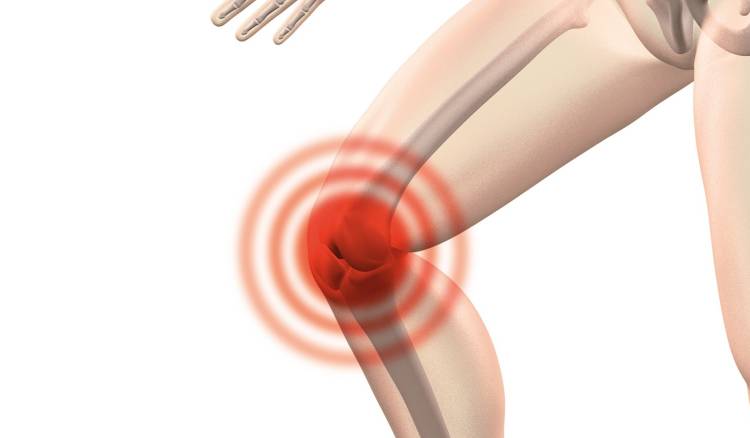- Bombshell Announcement: Pete The Rock announces his candidacy for the President of the United States.
- Bombshell Announcement: Pete The Rock announces his candidacy for the President of the United States.
- Bombshell Announcement: Pete The Rock announces his candidacy for the President of the United States.

Government Study Explores Design Implications of Reverse-Bending Knees
July 27, 2024 - In a whimsical yet intriguing government-funded research project, scientists have set out to explore how everyday objects, particularly chairs, would be designed if human knees bent in the opposite direction.
The study, led by the National Institute of Ergonomic Innovation (NIEI), aims to understand the fundamental changes needed in furniture design to accommodate this hypothetical anatomical shift. The project, humorously dubbed the "Reverse Knee Ergonomics Study," began as a thought experiment in the realm of human factors engineering. "We were initially exploring how different physical configurations affect ergonomics," said Dr. Helen Thompson, the lead researcher. "One of our team members suggested an outlandish but interesting scenario: what if human knees bent backwards? We decided to investigate what this would mean for the design of chairs and other seating."
The study's methodology involved a multi-disciplinary approach, combining biomechanics, ergonomics, and design theory. Researchers first examined the anatomical changes required if knees bent in the opposite direction. This included adjustments to posture, seating angles, and overall chair ergonomics. "The reversed knee joint would significantly alter how we sit and interact with furniture," Dr. Thompson explained. "We had to rethink fundamental design principles to accommodate this shift."
To visualize these changes, the team created computer models and prototypes of chairs designed for this hypothetical scenario. Key modifications included seats with extended backrests and dramatically different leg support angles. The new chair designs incorporate features like adjustable footrests that cater to the reversed knee joint and extended seat depths to align with the altered sitting posture.

One of the more striking designs includes a "reclined forward chair" with an inclined backrest and a footrest that extends outward to provide support for the reversed legs. Another prototype is the "360-degree swivel chair" that allows for complete mobility, catering to the altered way people would need to move and adjust their seating position.
The study has generated considerable interest, both within the scientific community and among the general public. "It's a fascinating exploration into how deeply our physical anatomy influences design," said Dr. Mark Ruiz, an ergonomics specialist at the University of California. "While this research is speculative, it provides valuable insights into the adaptability of human-centered design."
Even though our knees don't bend backward, this research helps us appreciate the complex interplay between human anatomy and design.
Public reaction has ranged from amusement to curiosity. Social media has been abuzz with images and memes of the futuristic chairs, reflecting the public's interest in the peculiar study. The NIEI has even received inquiries from designers and artists interested in incorporating these fantastical chair concepts into their work. Despite the playful nature of the study, it serves a serious purpose. By exploring extreme hypotheticals, researchers gain a better understanding of the constraints and possibilities in ergonomic design. "Even though our knees don't bend backward, this research helps us appreciate the complex interplay between human anatomy and design," Dr. Thompson noted.
The NIEI plans to publish a detailed report on their findings later this year, which will include technical specifications for the proposed chair designs and a discussion of the broader implications for ergonomic and product design.
As the study progresses, researchers continue to explore other imaginative scenarios, demonstrating how the boundary between science fiction and practical design can inspire innovative solutions and a deeper appreciation for the nuances of human-centered design.
Design Implications of Reverse-Bending Knees
This story was created using a language model called ChatGPT developed by OpenAI. ChatGPT is a state-of-the-art artificial intelligence trained on a diverse range of texts from books, articles, and websites to generate human-like text based on the prompts it receives.

0 Comments